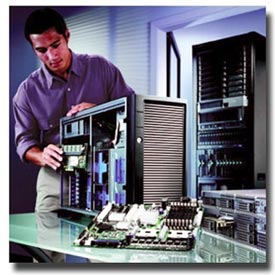Case In Point: Navigating The Upgrade Minefield
The Upgrade Minefield
Trying to navigate the landscape of today’s CPU, motherboard, graphics and operating systems choices seems staggeringly complicated. It’s enough to give anyone a major headache. Or maybe curl up with a netbook and wait for the universe to become simpler. As if that will ever happen… Whenever I build a system, I always build it with one eye towards the future. I like to think that I’ll upgrade the system over time. Maybe I’ll swap in a new CPU, maybe a new graphics card, upgrade the RAM, etc. But these days, it’s not so easy.
Whenever I build a system, I always build it with one eye towards the future. I like to think that I’ll upgrade the system over time. Maybe I’ll swap in a new CPU, maybe a new graphics card, upgrade the RAM, etc. But these days, it’s not so easy.
I can’t remember a time when the upgrade picture has been so confusing. Just think of the situation as it exists today:



Motherboards with USB 3.0 and SATA 6G Are Right Around The Corner
Today, I’ll take a look at the whole issue of upgrading a system, specifically regarding the technologies I just mentioned above. Whether you’re building a new system, or planning an upgrade for a recent system build, understanding which of these new developments are important in the short term, and which aren’t, will help you plan your upgrade strategy more effectively.
But before we dive into the technologies, let’s first think about your system needs.






